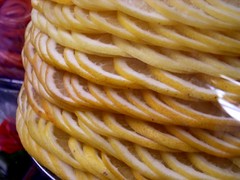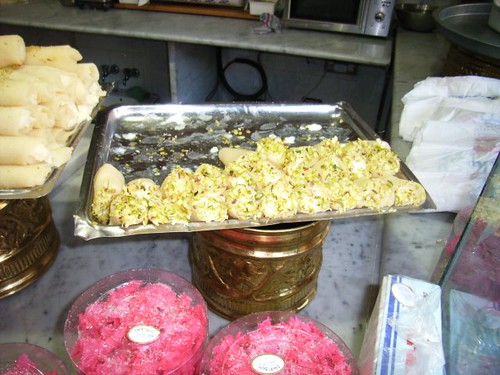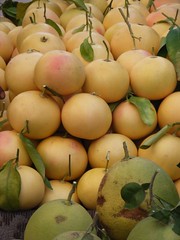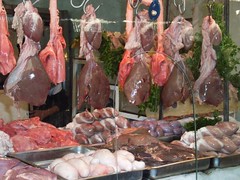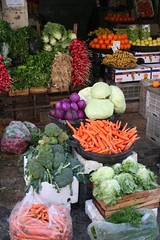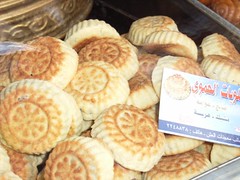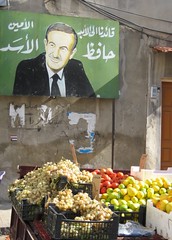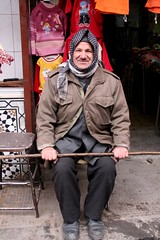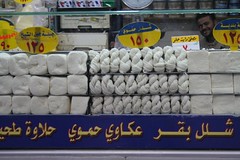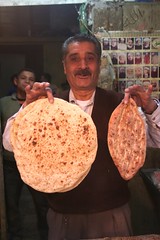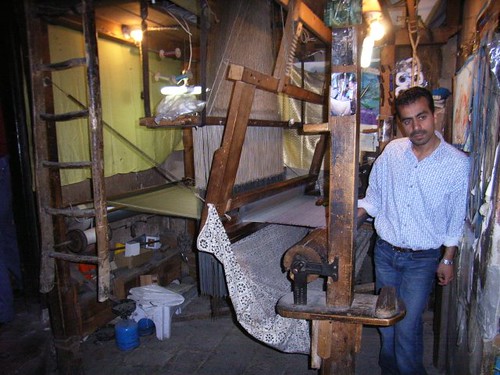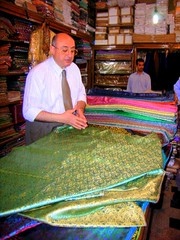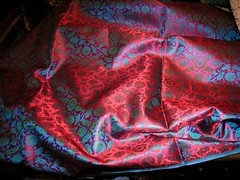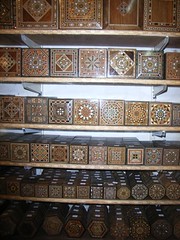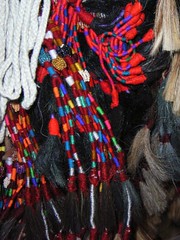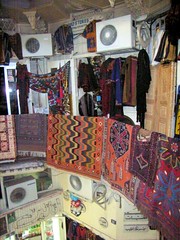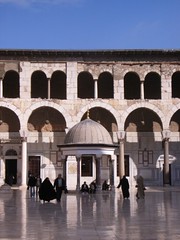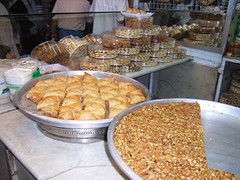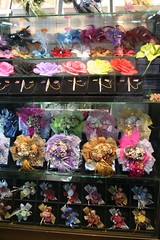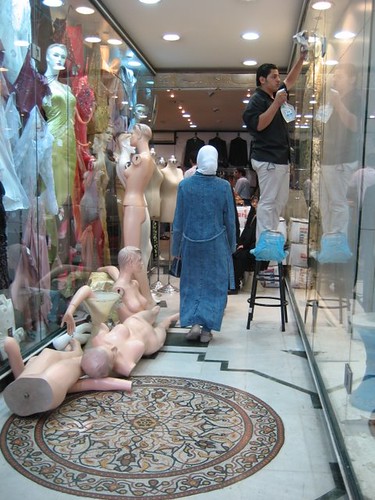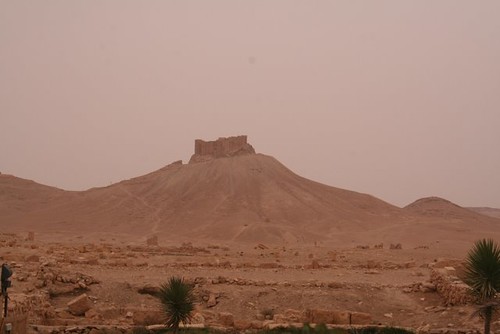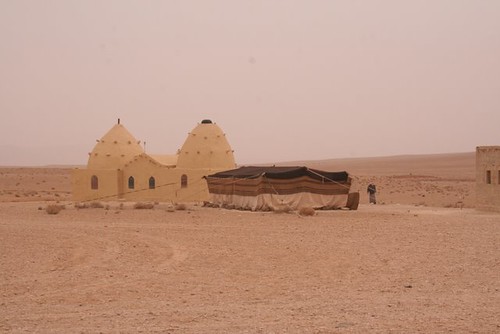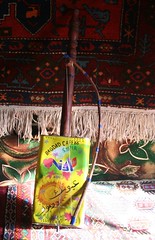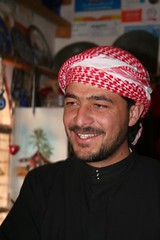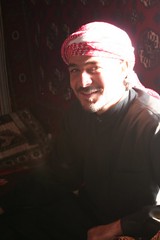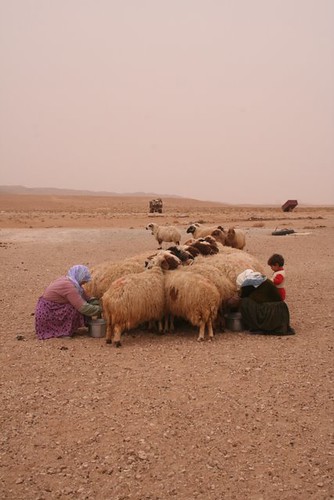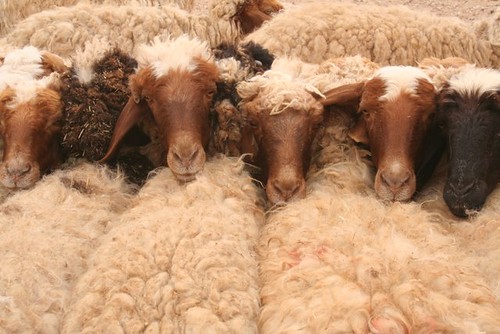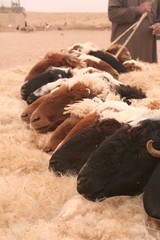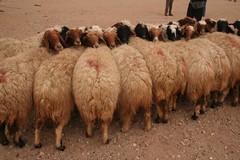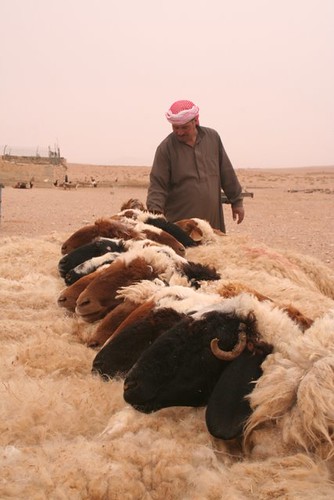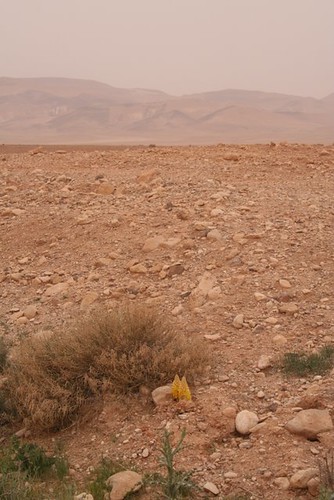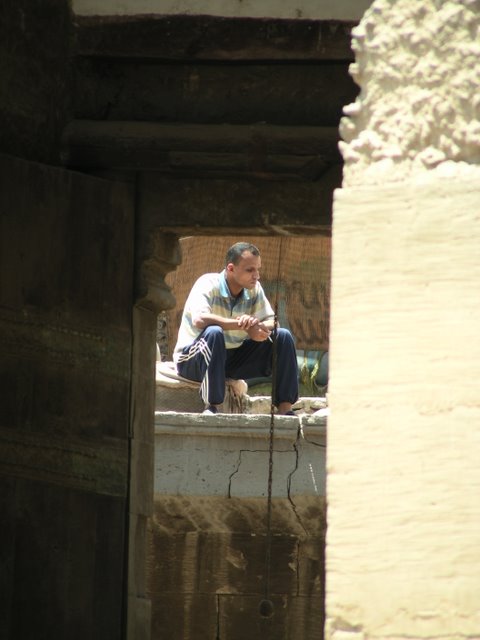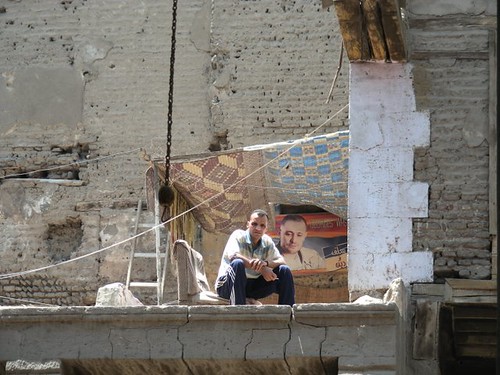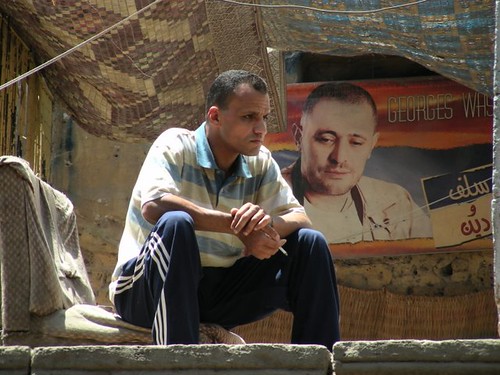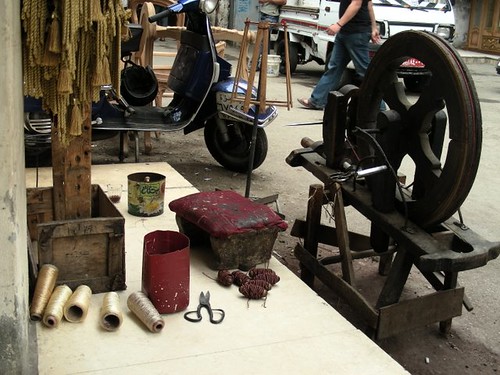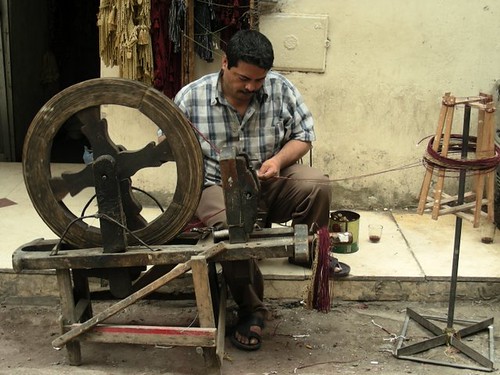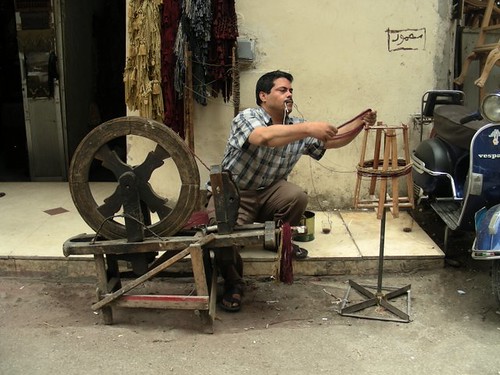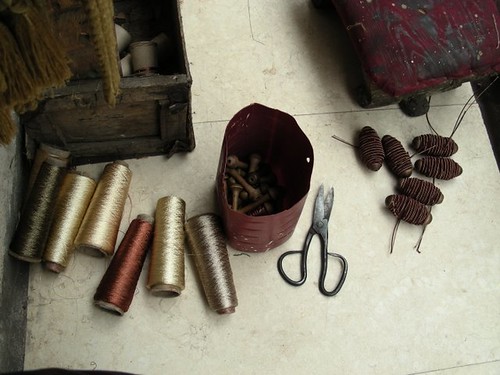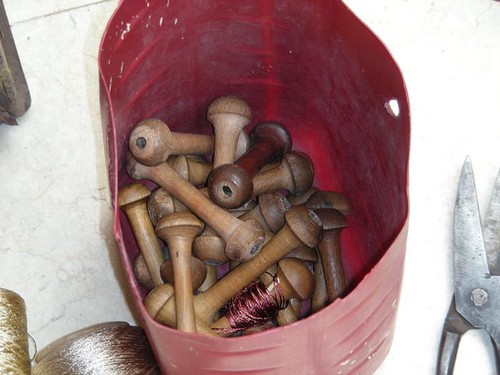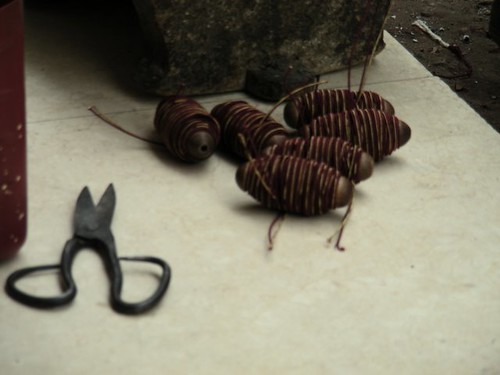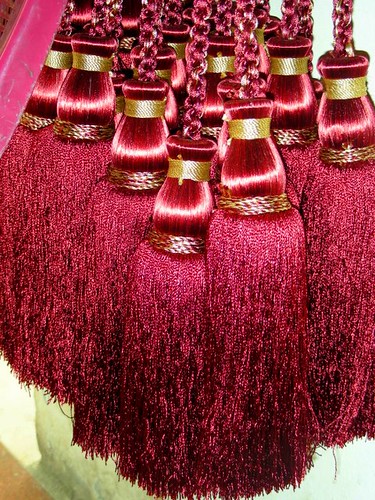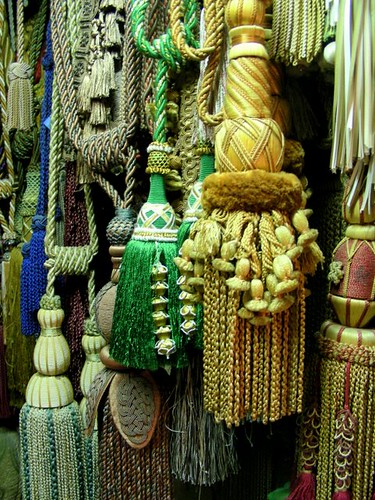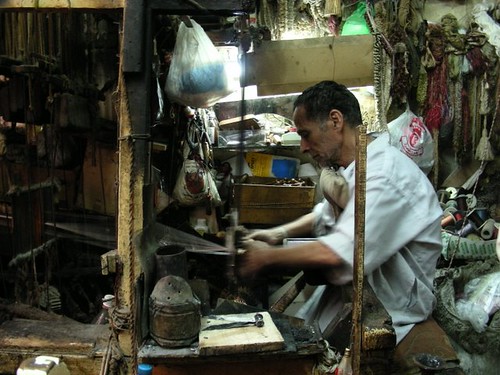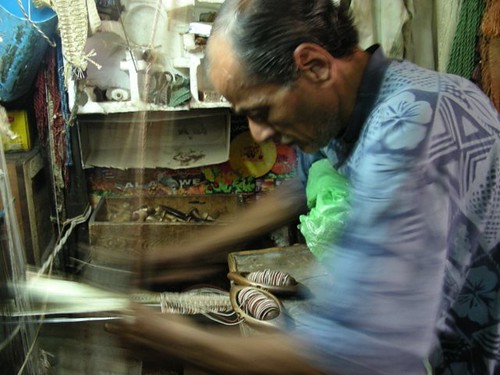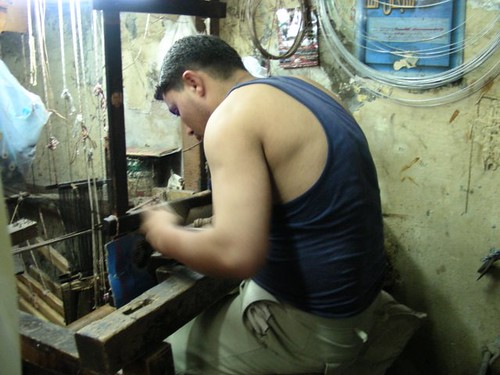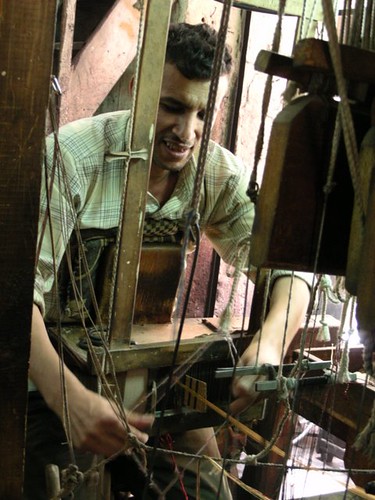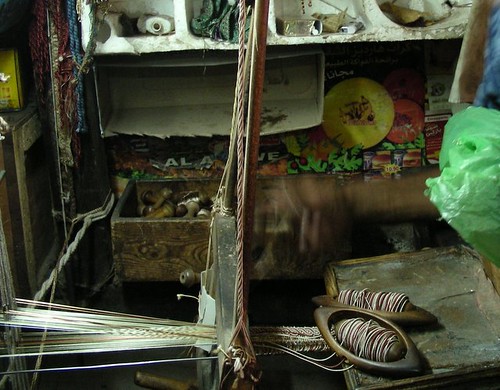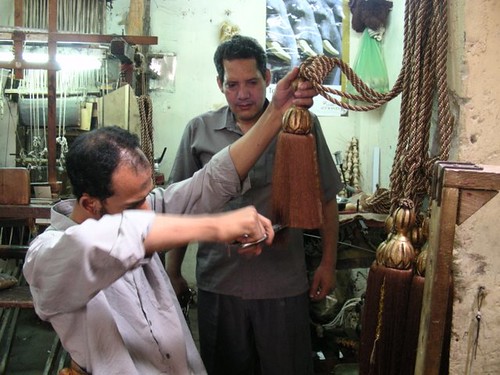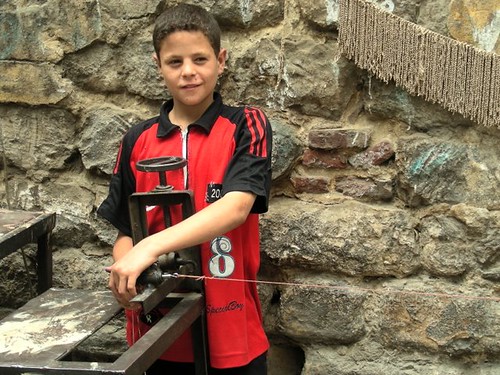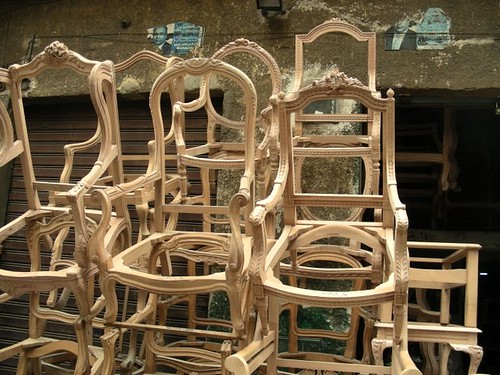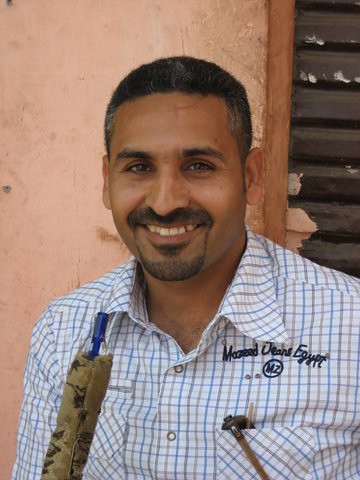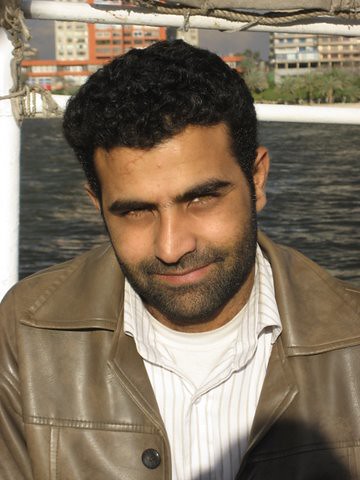Touring for Textiles - Syria and Egypt
 Wednesday, September 10, 2008 at 07:13PM
Wednesday, September 10, 2008 at 07:13PM Last year I ran a textile tour of Egypt and Syria. I absolutely loved it. This year we reverse the order. We start with Syria, which is the higher-energy end, and end with a lazy luxury Nile Cruise.
We leave from Sydney on 12th March (Americans are a day behind and need to leave earlier to meet up with us), and leave Cairo for Sydney again on the 27th March. Those who live in countries other than Australia can also join us but need to get themselves to Damascus, then to Egypt.
I love both these countries. For those who are sitting there equating Damascus with terrorism - it is one of the safest countries in the world for a tourist to travel in. The people are charming and friendly, the culture rich, the food delicious and interesting and you do not get the requests for money that are the bane of tourism sites in Egypt and many other parts of the world. Better still - it is in many ways a unique destination for anyone interested in textiles. It is so rich and fantastic, yet still so cheap compared to the western world. This is definitely a tour for an empty suitcase.
I thought I would take you step by step through our itinerary - with photos taken on the same tour this year.
Oh - and if you are interested the tour is being organised by the best in Australia - Impulse Travel - and by my dear friend Tarek Mousa at the Middle Eastern end. You can email Nina for a brochure, and pricing. We will not take more than twenty so it will be small as tours go - and of course husbands are welcome - we do all the usual tourist things as well as textiles.
Finalist - Australian Federation of Travel Agents
"Best Suburban Leisure Travel Agency"
"Best Corporate Travel Agency "
So make a cup of coffee and settle down for a read!
14th March
Damascus is an ancient City. It claims to be the oldest city in the world that has been consistently lived in. Most of our time will be spent in the old walled city, and today we walk in through the fruit and vegetable markets. It is a gentle way to start, and a feast for the eyes in any ways. We will stop from time to time to taste - fresh halva thick with pistachios, buttery knaffe, with its white cheese based and 'shredded wheat' pastry, soaked in syrup, hot from the pan and strewed with pistachios, pastries and hot bread from the bakery.
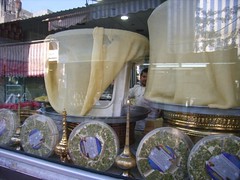
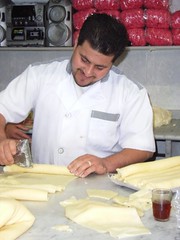
Draped pastry for sweets in the sweetshop - strange and elastic and already cooked - this is rolled around a thick and creamy filling, then sliced, with the ends dipped in fresh sliced pistachios, and the whole stack served slathered in rose water-scented syrup.
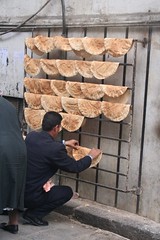
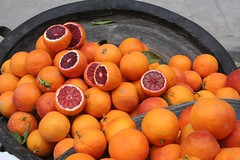
Drying the bread before taking it home (damp bread goes mouldy and does not keep), and blood oranges
Cheeses and pickles

And quinces, often served here as a sweet after dinner, slow cooked and syrupy and gleaming ruby-coloured from the pot
After the markets we walk through Hamidyeh and visist three shops known for their textile speiciality - Faisal's for old fabrics and cloth and costumes, Stephan's for hand loomed Damascus silk - did you ever wonder where the name of Damask comes from - it is from this silk, and the form of its weaving. Damasq is actually the local name for the city of Damascus. No explanations here - just look and wish you were there!
And then to Omayed Mosque, built on the site of a Roman Temple, which the became a Christian Church before being a mosque. There is a Christian shrine inside, said to contain John the Baptist's Head.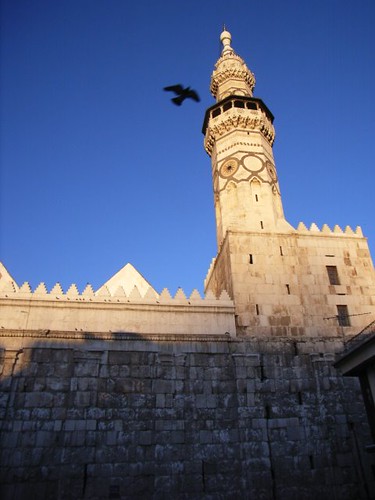

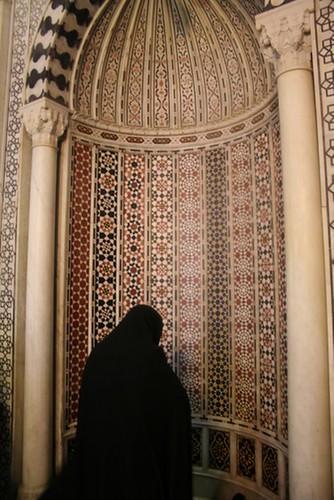
The patterns are pure heaven for a patchworker


Mosaics, images of a Byzantine Damascus
Then on to lunch and to explore the women's souq.
The women's souq is packed with frills, furbelows and buttons and bows, and beads and trims, and laces and feathers and costume jewellery, and wedding finery and wigs.
It is dark in the covered walkways, and shops glow with invitation, in jewel colours.
I have been posting photos to Flickr (my blog-share site) and cutting and pasting and writing since two hours or more ago - and we have not even finished Day 1!
But - has that whetted your appetite?
More to come.
